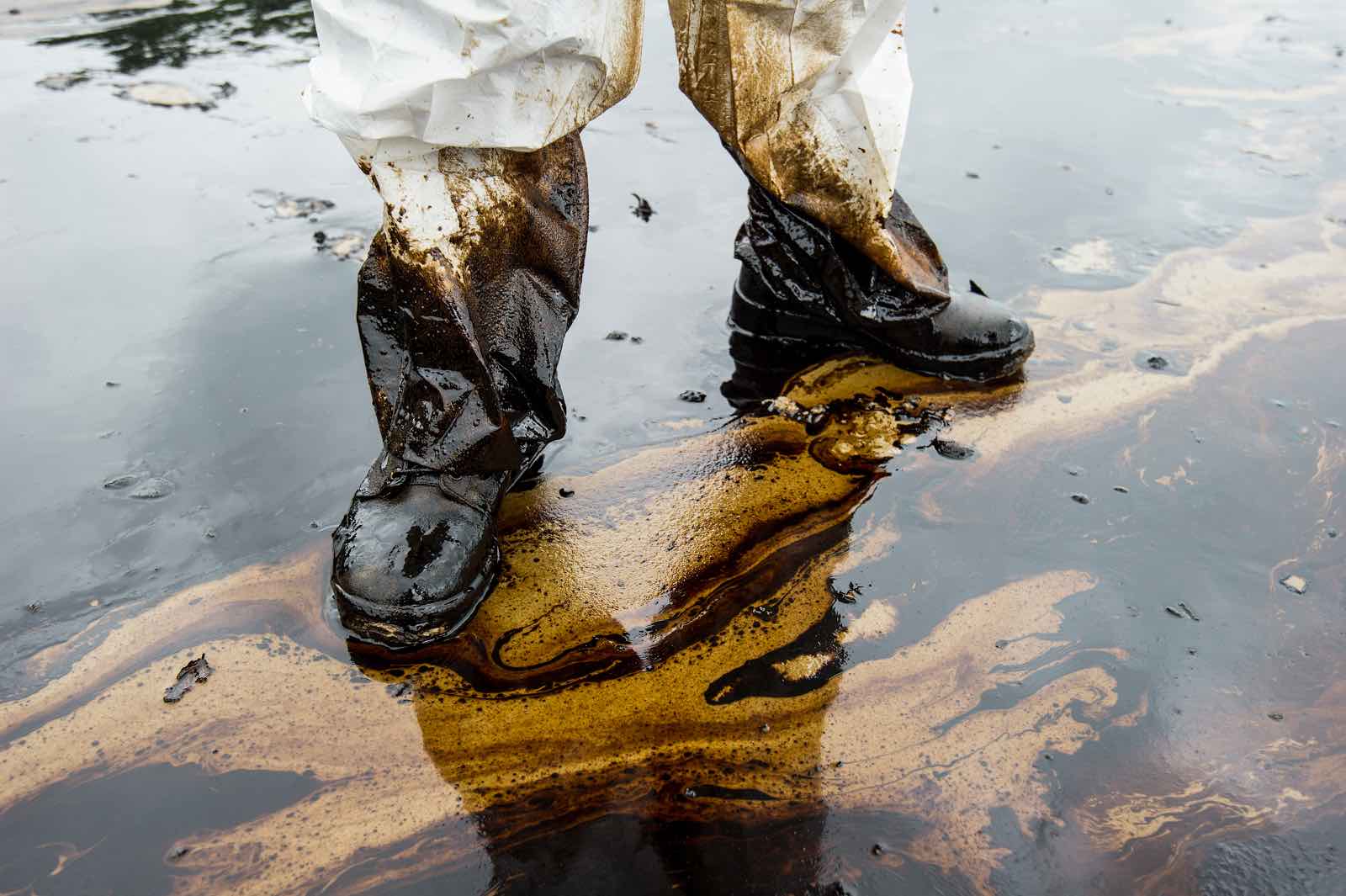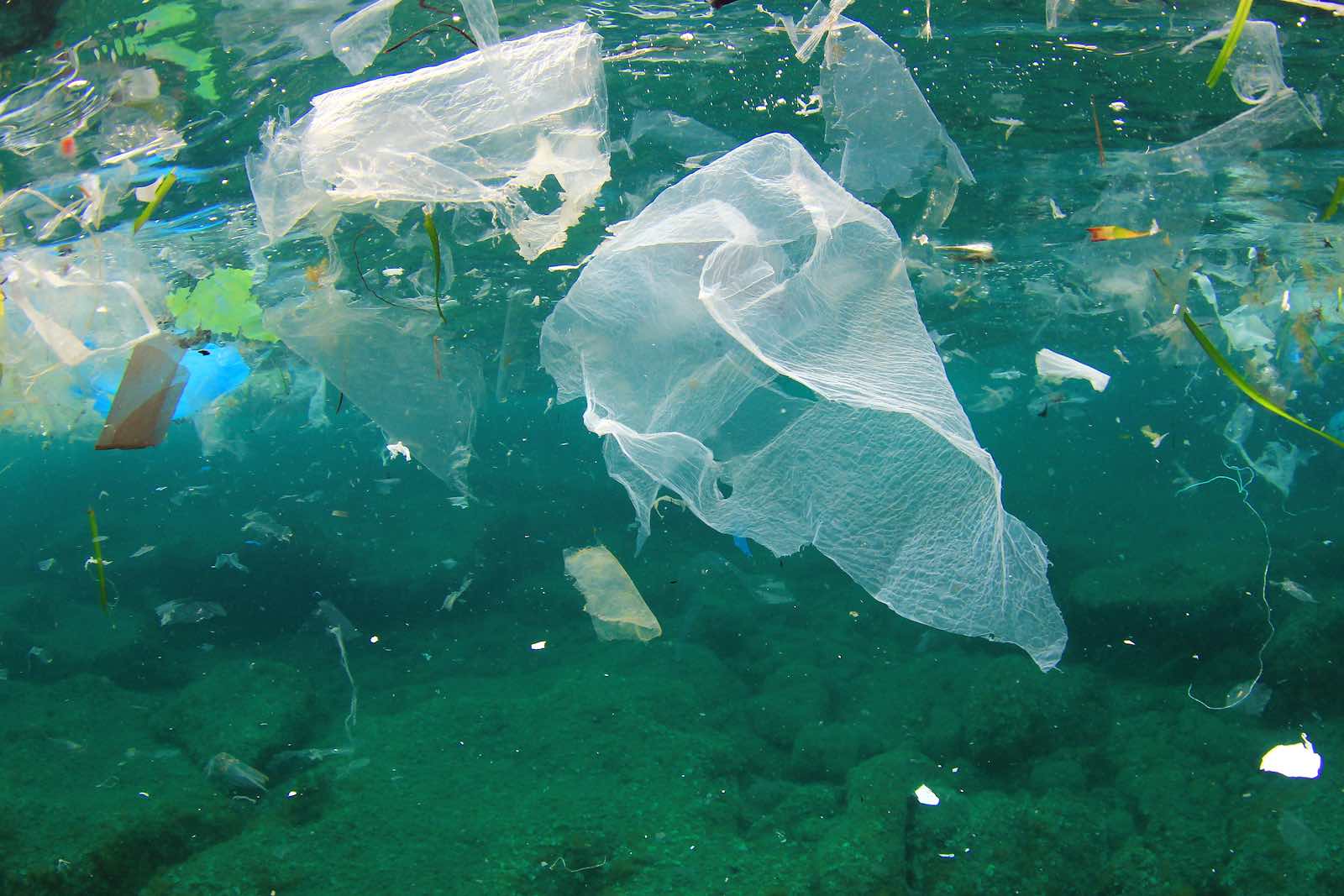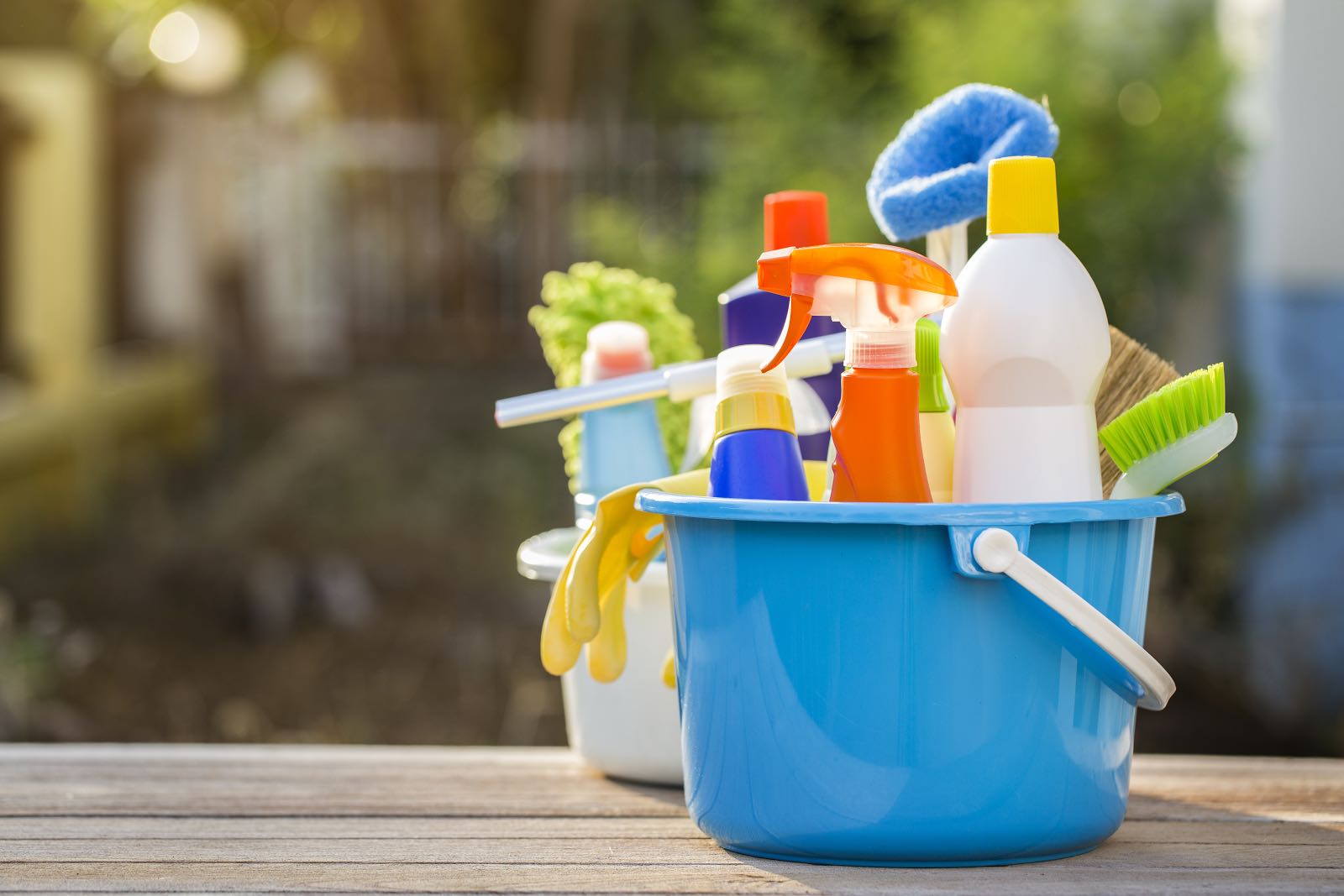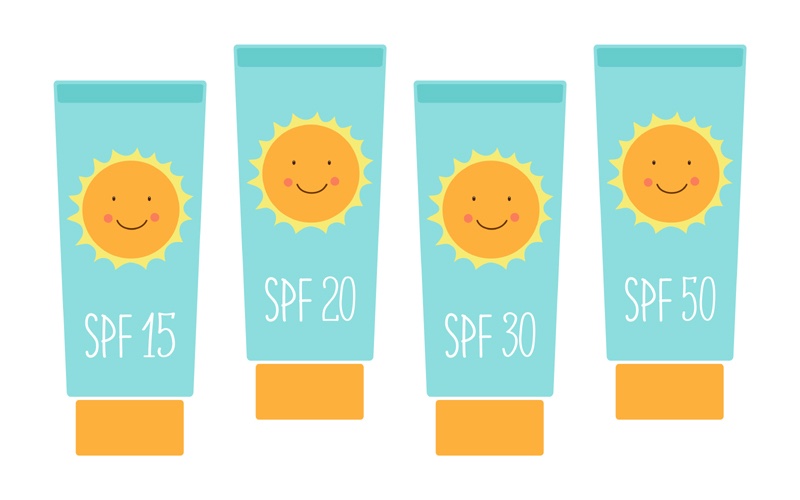Packed your Bags and ready to go? Cash? Check. Tickets? Check. Confirmed bookings? Check. Minimum carbon footprint? Eco-friendly vacation? Errrr….
Vacations can be a bit of a challenge for even seasoned greenies. How to choose the most sustainable mode of transport? Will you find an eco-hotel? What to pack and how to pack- has a reasonable carbon footprint. But we took care of all your green travel conundrums with our
GREEN TRAVEL GUIDE. Today we tackle a sailing holiday particularly and how can you ensure you have a great green time on that yacht! Sailing is a much loved holiday activity especially in the continent and the United States. It’s one of the best ways to be close to nature, riding the tides, watching the coastlines and clear water pockets. You could be on a short motor boat ride, your own yacht or a big cruise ship, sailing disturbs the balance of nature in a big way. While cruise ships are a big power guzzlers and pollution creators, even smaller cruise boats and yachts are not the most idyllic. Short distance sail or paddle boats and yachts are definitely more eco-friendly because they are powered by wind etc. But fuel is not the only source of pollution.
Marine Special Areas of Conservation Project, UK states that sailing has a more significant impact on wildlife than other forms of water-based recreational activities because it’s widespread and happens all year-round. Water itself is impacted by presence of boats and vessels, accelerating the growth of algae and kick up sediments. Toxins from boats change water’s chemistry by adding harmful compounds like zinc, copper making water alkaline or acidic which is polluting for the marine life. Plus boats are in any case
intrusive vehicles which disturb the natural habitat of a water body. Accidents apart, it’s the smaller unnoticeable aspects of sailing that massively impact marine life- cleaning of boats with hardcore cleaners, detergents waste that spills into water, petroleum bi-products, battery leaks- all these have far reaching consequences on environment. Thus the need for sustainable sailing. It’s possible to do it while minimising carbon footprint.
Presenting tips on sustainable sailing by John Hawthorne from Mobox Marine- a dock-box manufacturing enterprise. John Hawthorne is a health nut from Canada with a passion for travel and taking part in humanitarian efforts. Read on as he brings you easy and essential tips on sustainable sailing.
Sun, Surf & Sustainable Sailing!
A vacation for you shouldn’t mean trouble for the environment. While peopler are concerned about ensuring they cause the least amount of pollution and harm to marine life while sailing on boats, they just don’t know how to correctly go about it. We’ll lay your concerns to rest by bringing you the right information on sustainable sailing. Here are the tips.
Eco Tip #1: Avoid gas and oil spills

Avoiding spillage or leakage of oil and gas is perhaps the most important step towards sustainable sailing. National Academy of Sciences says that as much as 85% of the oil that enters North American waters is due to human negligence or activity – including the spillage and emissions from vehicles like boats. Oil spills can be extremely difficult to clean up and can be extremely dangerous for the environment and marine life. Making sure your fuelling is safe for the environment can be ensured with these steps:
- Always fuel your boat at the dock, never while in the water.
- Do not top off your gas tank; engine heat causes the gasoline to expand and will create overflow, which will then leak into the water.
- Use oil-absorbent rags, mats, or other items to safely catch any oil that may leak onto the boat’s floor. (They must be disposed of in a hazardous waste facility at the marina when they are fully saturated.)
- Know how much gasoline your tank can hold to avoid overfilling it.
- Watch for any cracks, fissures, or other openings that may cause leaks. Repair them before your trip.
- Jerrycans (portable oil cans taken onto the boat) are permitted, but must meet certain regulations to avoid spilling. The Environmental Protection Agency estimates approximately 70,000 gallons of fuel are spilled by jerrycans accidentally each year. That’s almost 26500 litres!
Immediately report any oil, petroleum, or gasoline spill that leaves a sheen on the water, whether you spilled it or simply discovered it (or saw someone else do it). Do not attempt to clean the spill yourself (and do not make it worse by diluting it with detergent or other chemicals, which only causes the oil to sink and cause more damage). Many countries have set up a hotline that can deal with spills safely and effectively. When you plan your trip search for the local helpline of the concerned country. Proper avoidance of gas and oil spills is the first step to a safe and enjoyable use of your boat.
Find out more about how to safely fuel a boat (including a video) here.
Eco Tip #2: Avoid grey water

“Greywater” is different from blackwater (sewage water) in that it consists of the untreated water that comes from your onboard sinks, showers, washing machine, dishwasher, and the wastewater from cleaning the boat. This kind of used water frequently has chemicals in it that are harmful to the environment—to the point that some states have determined greywater is a pollutant and is considered sewage. To avoid its impact on the environment, try the following:
– Do as much laundering, bathing, and dishwashing at onshore facilities at the marina.
– Use low-flow shower-heads or on-demand faucets.
- Consider untreated water as waste and discharge if more than three miles from land, if you can’t retain it for a pump-out facility.
- Use environmentally-friendly cleaning products.
Our recommendation is to try Common Good non toxic, all natural cleaning products, not just for sustainable sailing but in everyday life as well.
- Clean your boat as much as possible with freshwater.
Eco Tip #3: NEVER toss trash in the ocean

Haven’t you had enough of heart wrenching pics and videos of sea animals caught in six-pack holders or plastic bags?! Plastic especially is a dangerous intruder into the marine world because it never completely degrades; it only breaks down into smaller and smaller pieces that then adversely affect the animals and plant life underwater. Aluminium soda cans don’t fare much better, as by some estimates they can take five hundred years to degrade. One of the most important steps in sustainable sailing is to just never, ever, EVER throw your trash overboard. Keep a big garbage bag handy that you can safely dispose of when back on land.
While at it, why not stay away from plastic entirely while sailing? Switch to zero waste, biodegradable, disposable cutlery by EcoSoulife and cut plastic straws out by opting for sustainable straw options like Bali Boo Bamboo Straw.
Eco Tip #4: Clean with eco-friendly products

This is more of an issue than you might think. Scrubbing, spraying, and the other activities that go into cleaning can create run-off chemical clouds, and other interactions with the environment that can be very harmful and destructive. (Windex may look blue, but it has no business being in the ocean!)
Most boats can be cleaned with a stiff brush and a hose full of fresh water; if you want to be more thorough, many brands offer green, safe cleaning products for you to use. The EPA has created the
Safer Choice label to identify products that have been rigorously tested by EPA scientists to ensure none of the ingredients will hurt the environment- start there. Or, go
here for products specifically designed for boat cleaning and tips on how to best use them.
Eco Tip #5: Be cautious with sunscreen

Avoiding careless chemical intrusion extends even to your sunscreen. Did you know that? Making sure you don’t roast like a lobster while enjoying the water is very important, but the wrong sunscreen can adversely affect marine life, particularly if you’re the type that enjoys swimming or doing cannonballs off the side of your boat. The chemical oxybenzone is used in many bands of sunscreen and can be toxic to fish and other marine life. So check the ingredients in your sunscreen and use brands that rely on zinc or titanium dioxide, like Badger or Suntegrity. Check brands popular in your country.
The UrbanMeisters community had responded with a lot of eco-friendly sunscreen recommendations:
BurnOut Sunscreen,
Lavera Sunscreen,
Jersey Shore Cosmetics,
Maple Holistics – do send us more
recommendations for safe sunscreens.
Follow Mobox Marine on Facebook, Twitter and Instagram to keep up with the latest on sailing.
As the UN declared international year of eco tourism draws to a close, we hope everyone will take the small steps to make their vacation as eco-friendly as possible each year. Sailing is decadent and indulgent sure, but it need not be harmful to the environment. We’ll keep getting back to you on more green travel fun because always remember, greening is winning!

![[GREEN TRAVEL] How to go sustainable sailing in 9 easy steps [GREEN TRAVEL] How to go sustainable sailing in 9 easy steps](http://urbanmeisters.com/wp-content/uploads/bfi_thumb/dummy-transparent-pyhloy3nea90v4vx4pppc6nz64vxaxhlcduzeb6q00.png)





![[ALERTE GREENWASHING – CHAMBRE ENFANT] Les conseils pratiques d’un père engagé](http://urbanmeisters.com/wp-content/uploads/bfi_thumb/dummy-transparent-pyhloyclal4p5ty8tb4matytlyd4xyugzcd2z17fr6.png)

